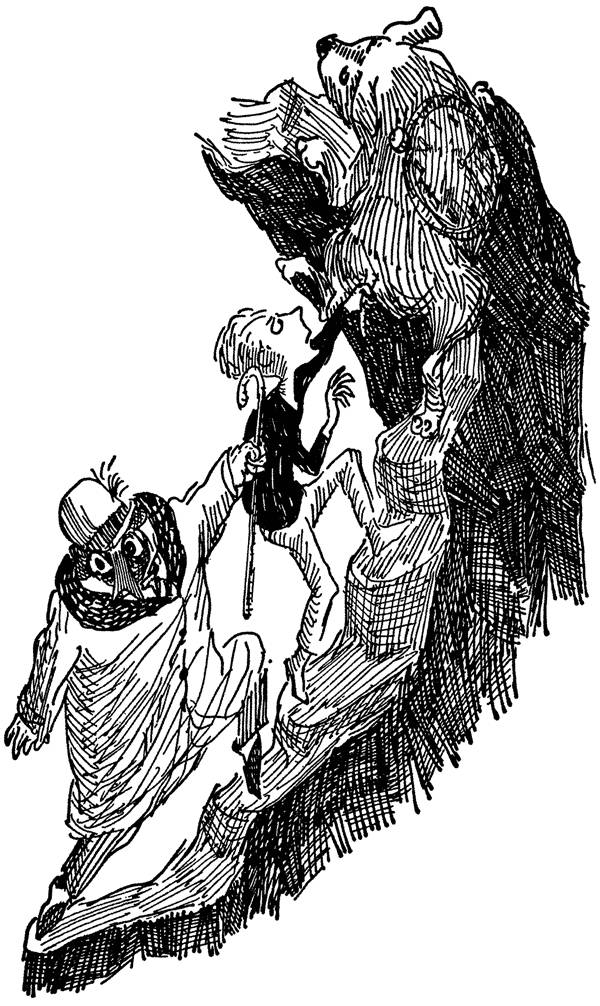



Despite the similarities, Norton Juster wasn't inspired by Alice in Wonderland. … It’s not only that I would have been a different writer had I not had that very developed visual sense, I don’t think I would have been a writer at all.” 3. Juster once noted, “When I start to write I have to create visually, no matter how abstract, no matter how undefined. Although he eventually grew out of it, the visual blurring of senses is evident in his writing. Juster’s synesthesia caused him to associate numbers with colors, and similarly, words and images. It causes the afflicted to inexplicably associate a sound with a specific color, or perhaps a word with a color-the condition manifests differently in each synesthete. Synesthesia is the condition in which one type of stimulation evokes the sensation of another.

Norton Juster’s childhood synesthesia shaped The Phantom Tollbooth. As Juster told NPR, “In order to stop thinking about cities, I had to start thinking about something else.” 2. Upon returning, Juster’s guilt over his lack of progress on the city book led him to start writing snippets of stories about a little boy named Milo-who happened to be quite similar to a young Juster. He received a $5000 grant from the Ford Foundation to write a children’s book about cities, but overwhelmed by the amount of research it required, decided to take a vacation. The Phantom Tollbooth is a product of Juster’s procrastination.Īfter serving three years in the Navy, Juster returned to his hometown of Brooklyn to work as an architect. The story behind the book's creation is just as fascinating, so we’ve compiled some fun facts for your next journey through the Kingdom of Wisdom. Norton Juster’s 1961 tale of a bored boy who travels to a magical land is more than it seems-as its plot enchants, The Phantom Tollbooth also manages to illustrate the joys of learning.


 0 kommentar(er)
0 kommentar(er)
